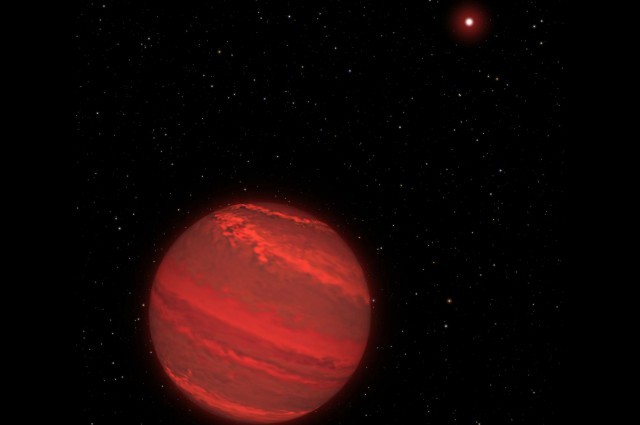This is the name of the planet and more about the star system that it orbits:
The planet, 2M1207b, has around two to five times the mass of Jupiter. It has no parent star, instead orbiting 2M1207 – a brown dwarf five to seven times as massive as the planet. Graduate student Yifan Zhou of the University of Arizona used the Hubble Space Telescope to measure the changes in 2M1207b’s brightness.
The feat was only possible because the clouds are patchy. The planet’s rotation creates a 10.7-hour-long cycle with a 1.36 percent variation in brightness in the near-infrared, and 0.78 percent variation at slightly longer wavelengths. This means a “day” on the planet, one rotation, is roughly equivalent to Jupiter at 10 hours.
What do you think they will find on one or more of these exoplanets? Extraterrestrials, unusual atmospheres or other things?
Feel free to share your ideas on this phenomenon.
thanks to iflscience.com for the great info
thanks to NASA for the pic
